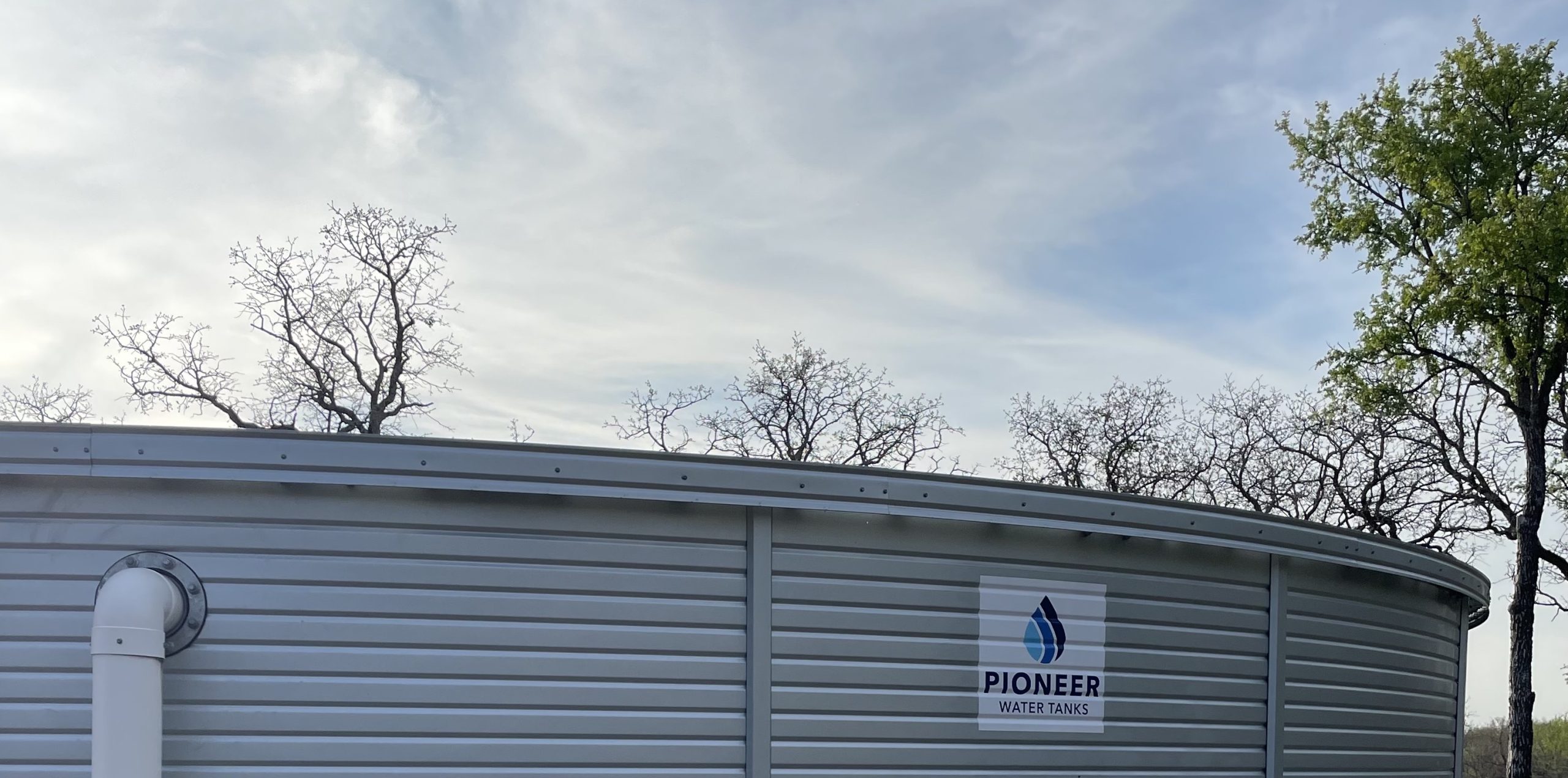Yes, when properly installed and filtered.

All Your Rainwater Collection and Storage Questions Answered
No, rainwater is naturally soft and won’t cause build-up or scale in your fixtures.
Rainwater typically tastes exceptionally fresh and clean.
DIY semi-annual to annual filter replacement and an annual UV sanitizing light replacement, totaling approximately $400 per year. We also offer additional maintenance programs upon request.
Yes, we guarantee our workmanship. Our galvanized style tanks come with a 20-year warranty, and other major components generally have a manufacturer’s warranty.
Yes, with proper planning, you can isolate both water sources to specific needs. For example, rainwater can supply in-home water, while the well can cover outdoor and landscaping needs.
Yes, in most cases, existing gutters can be used. We’ll assess your gutters during the project’s planning and design phase to determine necessary modifications if any modifications are required.
Typically, for a home with 3,500 sq. ft. or more of available roof space and 4-5 residents, a recommended tank size in North Texas would be approximately 26ft. in diameter and 7ft. tall.
The appropriate location and distance from the home will be calculated to ensure the top of the tank (after install) sits a minimum 2 to 3 feet lower than the existing gutter height on your home, allowing gravity to efficiently move water from your roof to the storage tank.
No, our tanks do not require a concrete pad. They are installed on a professionally prepared, level sand pad.
Yes, we generally will install what we call a “wet system” which requires our Schedule 40 PVC water conveyance pipes (4″ – 6″) be buried underground at no more than 24″ – 30″ deep, ensuring the water flows with the help of gravity. The 1″ – 2″ water line back to your home supplying rainwater is buried at approximately 24″ deep.
We can also install a Dry System with no buried conveyance pipes if the storage tank is located next to the roof.
Wet systems and dry systems refer to methods of piping your roof water to your rainwater tank.
- In a Wet System, the pipes from your gutters go down and underground then up into your tank. Because they travel underground and sit below the level of your tank inlets, these pipes remain full of water even during periods of time without rain. Wet systems are great when you want to place your water tank away from your roof. Rather than have long, unsightly pipework reaching through the sky to the tank, you can neatly hide the piping under the ground.
- In a Dry System, the pipes from your gutters run directly into the top of your tank. Because the pipes are above your inlets, they are able to fully empty into your tank and stay dry after it rains. This system works best when the tank is located next to your roof.
We will address this during the planning and design phase to minimize winterization needs, as the system is designed to accommodate water expansion during hard freezes.
Yes, with proper planning your tank can be installed with a fire hose connection making any water in the tank accessible for a fire emergency.
